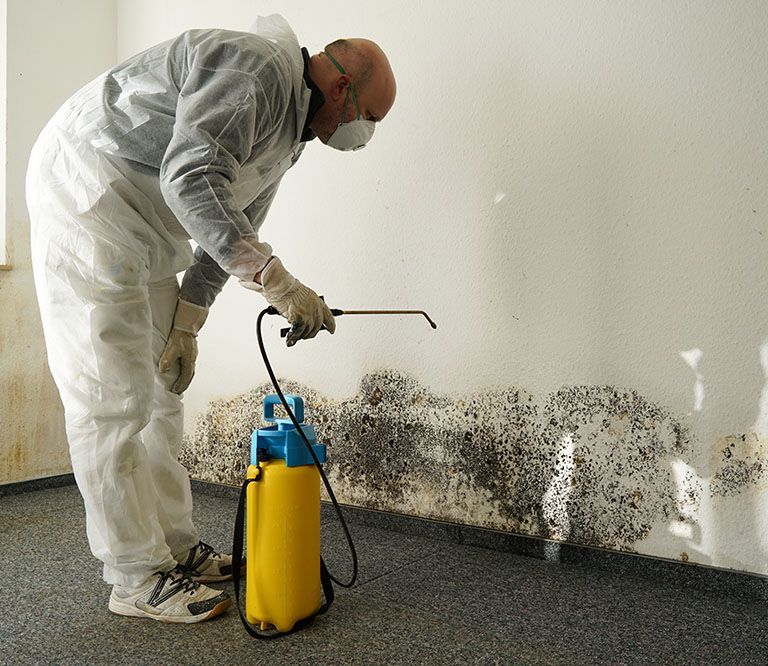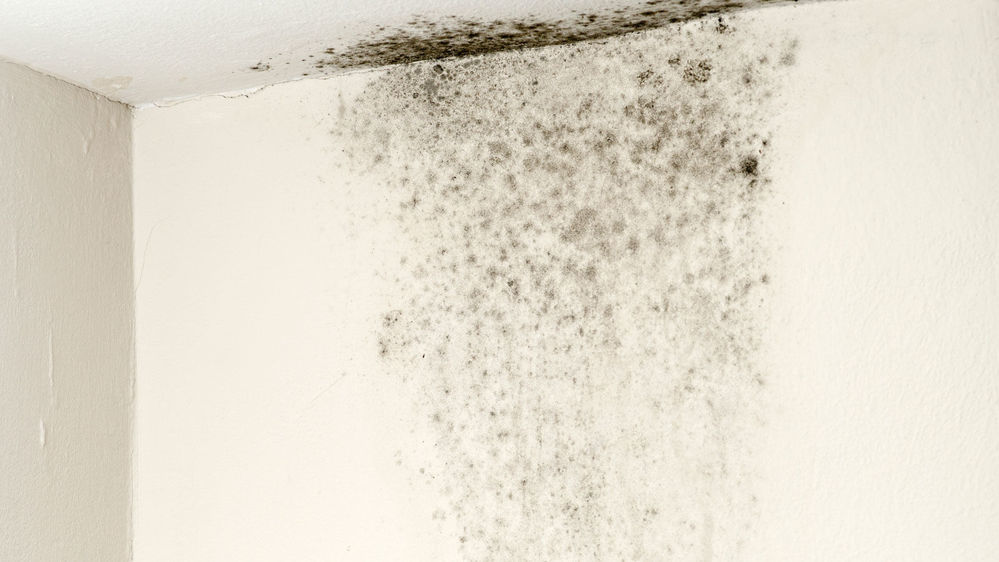Mould growth can become a significant issue in Australian homes, particularly in Perth, where the weather can often shift between hot, dry days and sudden rainfalls. While it’s a natural part of the environment, mould inside your home can pose health risks and damage your property. One of the most important factors in preventing mould growth is maintaining proper humidity levels within your home. Below, we’ll share easy and effective ways to manage indoor humidity, reduce the risk of mould, and protect your home from potential water damage.

Mould thrives in environments with high humidity levels, particularly in areas with poor ventilation. When humidity levels exceed 60%, mould spores can settle and grow on damp surfaces such as walls, ceilings, carpets, and furniture. Perth’s varying climate—ranging from dry conditions to wet spells—makes it even more important to actively control the moisture inside your home.
Mould can grow rapidly after flood damage or persistent water leaks, often leading to structural damage and health problems like allergies, asthma, or respiratory infections. Preventing mould growth through proper humidity management is crucial for safeguarding your home’s integrity and maintaining a healthy living space.
A dehumidifier is one of the most effective tools to reduce excess moisture in the air. By removing water vapour from the environment, a dehumidifier helps maintain the humidity levels in your home, ideally between 30% and 50%. Dehumidifiers are especially useful in areas like bathrooms, basements, and laundry rooms, where humidity is naturally higher.
Consider using a dehumidifier in rooms that are prone to moisture accumulation, such as after flood restoration work or a wet carpet cleaning session. Make sure to regularly clean the dehumidifier’s filter to keep it operating efficiently and avoid the growth of bacteria or mould within the device itself.
Good ventilation is key to managing humidity levels in your home. Ensure that rooms, particularly those with high moisture levels such as kitchens and bathrooms, are well-ventilated. Open windows when possible, and use exhaust fans to improve airflow, especially when cooking, showering, or drying clothes.
In areas like laundry rooms, where humidity tends to increase due to wet laundry, consider installing a ceiling fan or a ventilation system. Ventilating these spaces helps prevent the air from becoming stagnant and reduces the chances of mould growth on walls, floors, and ceilings.
In Perth’s cooler months, it’s easy for moisture to accumulate on surfaces when temperatures drop. Proper heating in your home helps prevent the buildup of condensation on windows and walls, which can lead to mould growth. A consistent, moderate temperature throughout your home prevents the development of cold spots where moisture can collect.
Investing in energy-efficient heating solutions such as radiant floor heating or efficient space heaters can help maintain an even temperature throughout your home. Be mindful of the balance between heating and humidity levels, as excessive heat without proper moisture control can make the air too dry, leading to other issues like cracked wood or drywall.
Leaky pipes, roofs, and windows can introduce moisture into your home, significantly increasing the risk of mould growth. If you notice any signs of water damage, such as stained walls or wet carpets, it’s essential to address the issue immediately.
Water damage restoration services are vital in these situations. Professionals in the field can assist in quickly addressing the source of the leak, drying out affected areas, and ensuring that there is no moisture left behind that could lead to mould. Whether you’re dealing with a major flood or minor leaks, prompt action will help prevent long-term damage and protect the health of your home.
If you live in a particularly humid area or have experienced water damage restoration work, applying mould-resistant paint to your walls and ceilings can be an effective preventative measure. These paints contain additives that help prevent mould spores from settling on surfaces. In addition, opt for moisture-resistant materials, such as cement board or treated wood, for areas that are regularly exposed to water, such as bathrooms and kitchens.
Even if your home hasn’t experienced severe water damage, this simple upgrade can significantly reduce the chances of mould taking hold in the future.
Carpets and upholstery are often the first to absorb excess moisture, making them breeding grounds for mould. If your carpet gets wet from a leak, flood, or spills, it’s crucial to dry it out quickly. Wet carpet cleaning services should be employed as soon as possible to ensure the carpet fibres dry thoroughly.
In the event of flood damage or a wet carpet scenario, professional mould removal experts can help ensure that your carpets are not only cleaned but also properly dried, preventing the development of mould underneath the surface. Additionally, using moisture-resistant carpets or rugs can help mitigate mould growth in rooms prone to moisture.
In areas where humidity tends to fluctuate, small moisture-absorbing products like silica gel packs or Damp Rid can help maintain dry conditions. These products are especially useful in enclosed spaces like closets, basements, or cupboards, where humidity can quickly build up and lead to mould.
While these methods may not be as powerful as a dehumidifier, they serve as an affordable and simple option for managing excess moisture in smaller, confined spaces. Be sure to replace the silica gel or Damp Rid bags regularly to maintain their effectiveness.
Standing water is one of the most common causes of mould growth. If you experience flooding in your home, it’s essential to remove any standing water as quickly as possible. If left unattended, water will seep into porous materials, creating a perfect breeding ground for mould.
Flood damage restoration experts can assist in removing water and ensuring that the affected areas are dried properly to avoid further issues. Additionally, check areas such as sinks, bathtubs, and showers for any potential water pooling, and make sure your drainage systems are functioning properly.

Preventing mould growth in your home starts with managing humidity effectively. By using dehumidifiers, ensuring proper ventilation, repairing leaks promptly, and maintaining moisture levels, you can safeguard your home from the harmful effects of mould. If you’re dealing with existing mould problems, it’s important to seek professional mould remediation and removal services to ensure your home is safe and healthy.
If you’re dealing with mould, water damage, or need flood restoration services, Flood Services Perth is here to help. Our expert team provides fast, reliable, and comprehensive flood restoration across the Perth region. We’re dedicated to ensuring your home remains safe, dry, and healthy. Call us at 08 9468 8413 or book us online for a free consultation and let us protect your property from the damaging effects of mould and water.